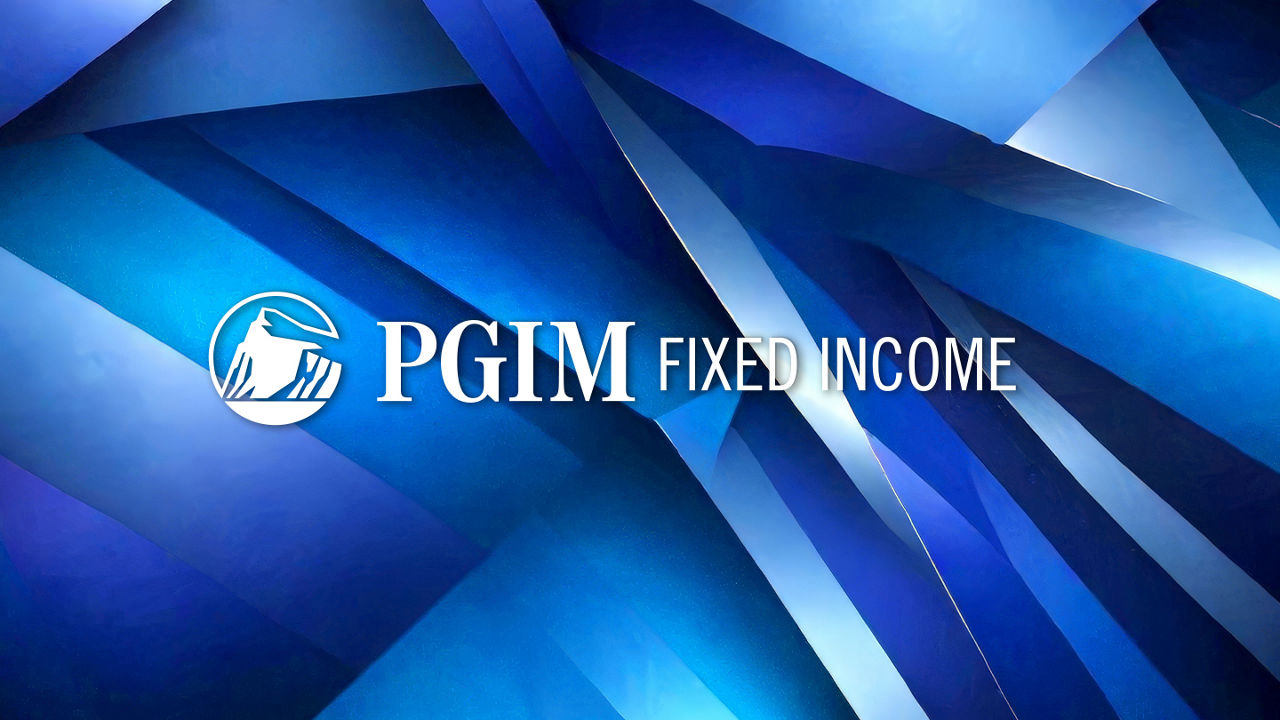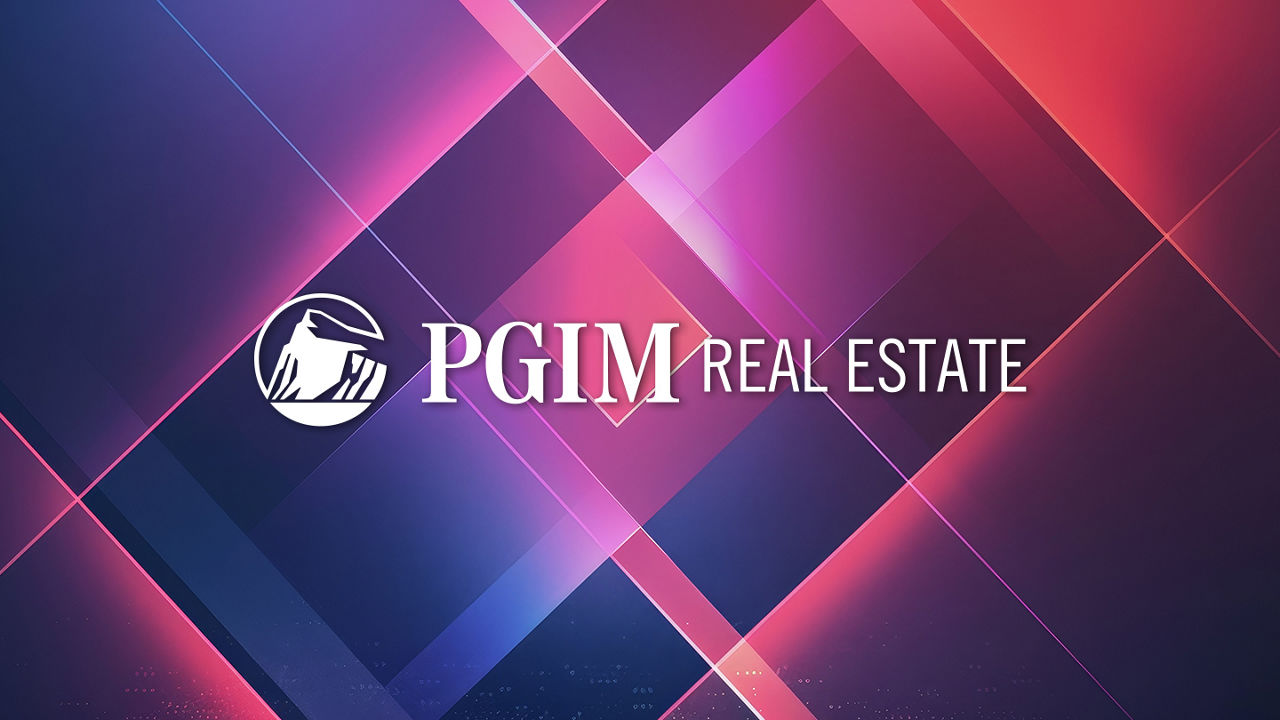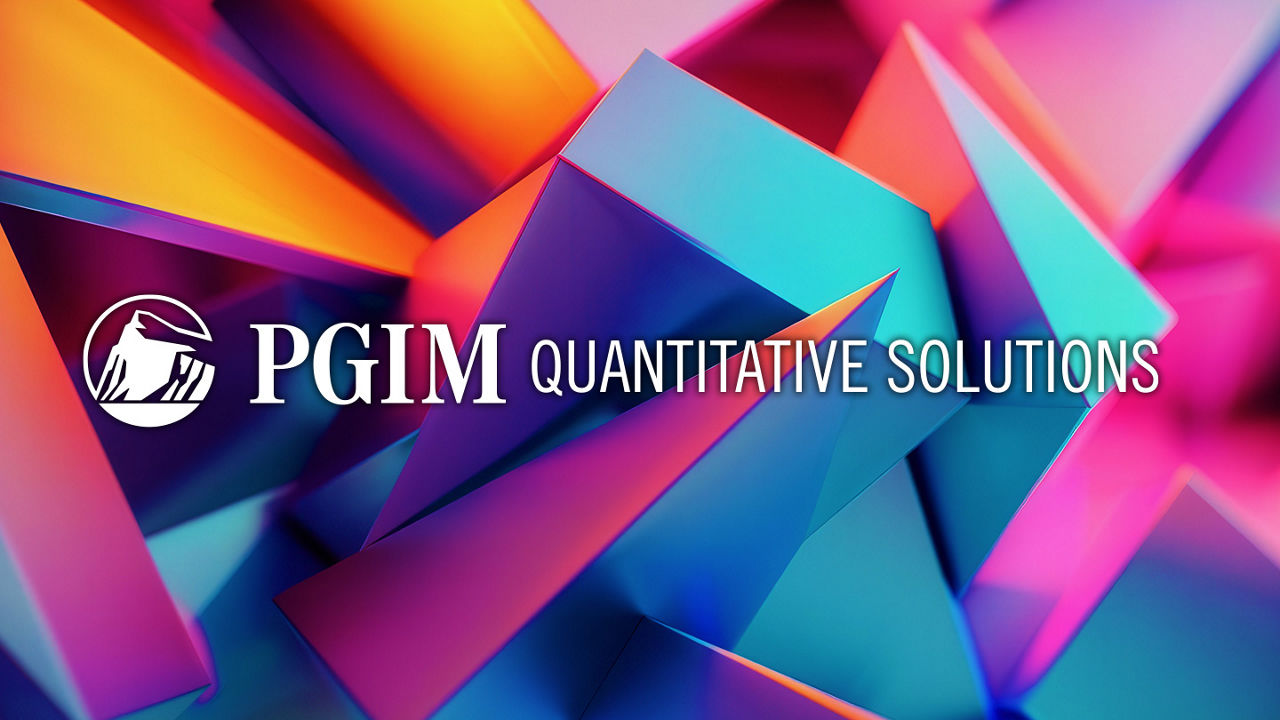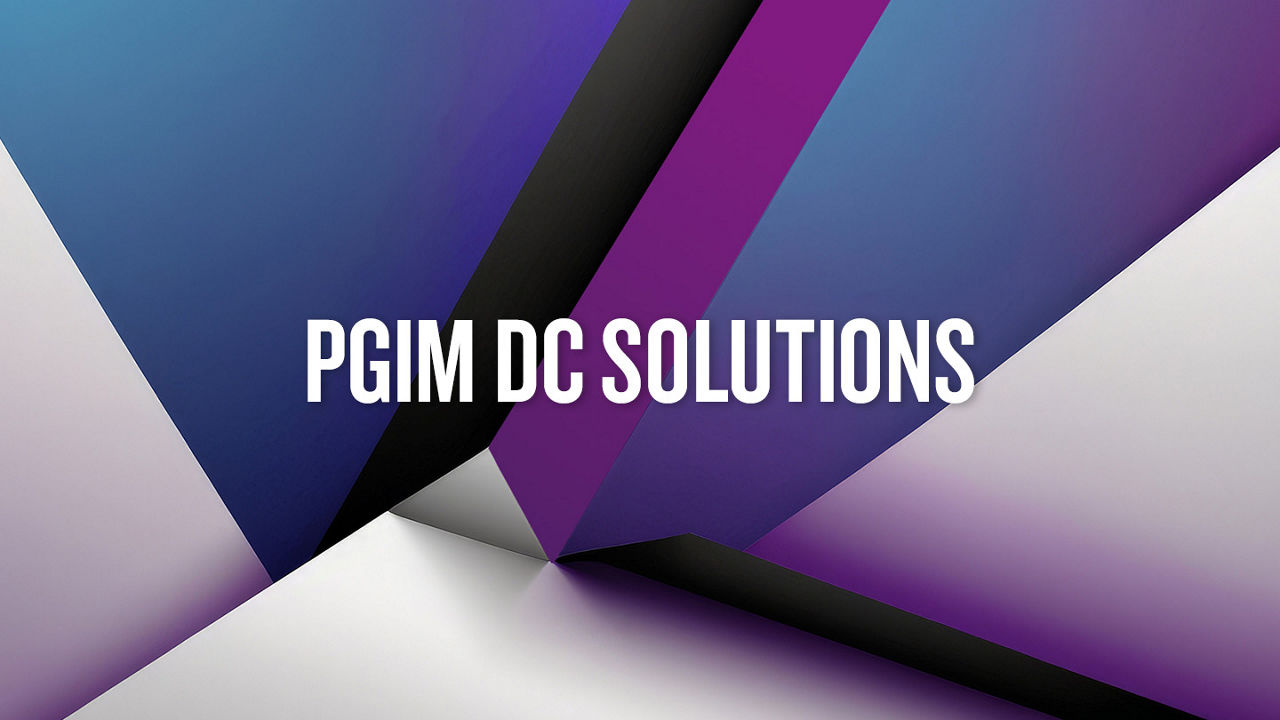Private credit has grown rapidly, taking on an increasingly crucial role in institutional portfolios. With banks stepping back from leveraged lending due to increasingly strict regulation, private credit's global AUM hit $2.1 trillion in 2023, quadrupling over the previous 10 years,1 and is forecast to climb further to $2.8 trillion by 2028.2 Most of this growth has occurred in direct lending, which comprised 44% of all private credit in North America by the end of 2023, up from 15% in 2008.3
However, the rising tide of private capital did not lift all boats in terms of financing options. Private capital largely flowed to "sponsored" companies owned by private equity funds. Additionally, as private credit firms have grown, a large share of capital has flowed to large-cap companies with EBITDA over $75 million. This has left a financing gap for leveraged companies in the non-sponsored middle markets—companies with $10 million to $75 million in EBITDA that are individual- or family-owned. As a result, there is tremendous potential for direct lenders that can access the non-sponsored market, as these businesses comprise about 90% of private US and European companies and contain a wealth of quality businesses. With a broad opportunity set, an allocation to non-sponsored direct lending can help investors achieve enhanced diversification.
Untapped Opportunities and Benefits
Investors may wonder why the financing gap in the non-sponsored market emerged. In short, most private credit funds source their deal flow by networking with investment banks and private-equity firms, opening up lending opportunities with a large portfolio of companies. Private lenders do not need an expensive office network or large staff to source deals from sponsored companies.
The downside to this approach is the intense competition among private-credit firms calling on PE firms to obtain lending business. This competition can have the effect of reducing the pricing and returns earned by lenders, and potentially impact the protective terms that lenders get in those sponsored deals. Additionally, since the buyout activity of PE firms is highly dependent on M&A cycles, there are points in the cycle where sponsored deal flow can slow down meaningfully, leading to decreased deployment pace.
One potential benefit of accessing non-sponsored markets is deployment speed and consistency. There are more family-owned businesses than sponsor-owned businesses in the US and Europe,4 which means the non-sponsored market features many strong borrowers from which to choose and gives lenders the ability to remain selective. Additionally, these family-owned businesses tend to be well managed with a longer-term focus, while a PE owner is likely to be focused on near-term growth and more willing to take financial risk by leveraging the business. Working on a relationship basis with family-owned, non-sponsored businesses that take longer-term, less-risky approaches can significantly reduce the risk of losses for a lender.
Family-owned businesses also tend to have more trust-based relationships with their lenders. This can provide key benefits, including better terms and covenants. With tighter covenants, lenders will be in a stronger position to achieve better loan outcomes if the borrower comes under financial stress. Options could include higher pricing to reflect the higher risk, a requirement for the owner to put in more equity, or a requirement to bring in a consultant.
Taken together, these attributes mean that despite a pervasive perception that non-sponsored deals can be riskier, with the right partner, the risk profile of a non-sponsored portfolio can be more conservative, with lower risk to their private credit fund lenders and ultimately to the investors in those funds.
Key Themes for Investors
When seeking access to both sponsored and non-sponsored markets, investors should consider whether a manager can programmatically source non-sponsored deals directly and has invested in a large, bank-like office and sourcing network. A broad, systematic sourcing program is key. There are thousands of family-owned businesses in every US state, scattered in cities and rural counties. Given the higher-touch relationships that non-sponsored companies require, it takes a broad-based geographic network of lenders to call on hundreds or even thousands of companies, just to find a few dozen successful corporate loans every year. Firms with a boots-on-the-ground approach to deal sourcing and strong relationships with borrowers will have a competitive edge.
Investors should also seek managers that have a track record in undertaking detailed due diligence. This is important for pricing risk and structuring deals across a range of industries and company types. In terms of underwriting, the non-sponsored middle market is less homogeneous than large company markets, and due diligence is not streamlined by PE owners.
Conclusion
A diversified portfolio with a mix of sponsored and non-sponsored loans can provide investors with access to more deal flow, a broader range of deals, and potentially better performance over time. With the right approach, adding non-sponsored deals to a direct lending portfolio can offer meaningful diversification and return benefits such as lower leverage, a yield premium, and stronger covenants.
Diversification does not assure a profit or protect against loss in declining markets. No investment strategy or risk management technique can guarantee returns or eliminate risk in any market environment.
1. Reserve Bank of Australia. (2024, October 17). Growth in Global Private Credit. https://www.rba.gov.au/publications/bulletin/2024/oct/growth-in-global-private-credit.html. Accessed December 2024.
2. Preqin. (2024, April 8). Private Debt's Rapid Growth Merits Closer Scrutiny, IMF Says. https://www.preqin.com/news/private-debts-rapid-growth-merits-closer-scrutiny-imf-says. Accessed December 2024. Forecasts are not guaranteed and may not be a reliable indicator of future results.
3. Preqin. (2024, March 20). North America Is Consolidating Alternative Assets as Region Holds Almost Two-Thirds of Global AUM - Preqin Reports. https://www.globenewswire.com/news-release/2024/03/20/2849698/0/en/North-America-is-consolidating-alternative-assets-as-region-holds-almost-two-thirds-of-global-AUM-Preqin-reports.html. Accessed December 2024.
4. McKinsey & Company as of 01/2024.
Explore more ideas
-
Not All AAA CLO ETFs Are Created EqualNot all AAA CLO ETFs are created equally, potentially leading to a wide dispersion in performance-especially during a down-market cycle.
Read More
-
Compelling Opportunities in Industrial Markets on the U.S./Mexico BorderThe growth in border industrial demand is occurring alongside heightened uncertainty about U.S. trade policy that is unlikely to fade soon.
Read More
-
Unlocking Liquidity: The Distribution Edge of Lower Mid-market Private EquityThe era of private equity flourishing under low interest rates, followed by a blend of optimism after the COVID-19 pandemic, has shifted.
Read More
-
Artificial Intelligence: An Accelerating RevolutionToday, the revolutionary impact of AI-driven change is becoming evident in most industries and is accelerating.
Read More
-
Navigating the Nexus: The Intersection of Insurance and Private MarketsThe maturation of private markets has led to profound change across the global investment landscape.
Read More
-
Uncovering Opportunities Across Emerging MarketsInvestors have historically favored emerging markets for their high growth potential, relative inefficiency and diversification benefits.
Read More
For Professional Investors Only. Past performance and forecasts are no guarantees or reliable indicators of future results. All investments involve risk, including the possible loss of capital. Diversification does not assure a profit or protect against loss in declining markets. No investment strategy or risk management technique can guarantee returns or eliminate risk in any market environment.
These materials are for informational or educational purposes only. This information is not intended as investment advice and is not a recommendation about managing or investing assets or an offer or solicitation in respect of any products or services to any persons prohibited from receiving such information under the laws applicable to their place of citizenship, domicile or residence. In providing these materials, PGIM is not acting as your fiduciary. These materials represent the views, opinions and recommendations of the author(s) regarding the economic conditions, asset classes, securities, issuers or financial instruments referenced herein. Certain information has been obtained from sources that PGIM believes to be reliable as of the date presented; however, PGIM cannot guarantee the accuracy of such information, assure its completeness, or warrant that it will not change. This information, including projections and forecasts, is current as of the date of issuance (or an earlier referenced date) and is subject to change without notice. PGIM has no obligation to update such information; nor do we make any express or implied warranties or representations as to the completeness or accuracy or accept responsibility for errors. PGIM and its affiliates may develop and publish research that is independent of, and different than, the recommendations contained herein.
The investments and returns discussed herein do not represent any PGIM product. This material is not intended to be used as a general guide to investing or as a source of any specific investment recommendations. Distribution of this information to any person other than the person to whom it was originally delivered is unauthorized, and any reproduction of these materials, in whole or in part, or the divulgence of any of the contents hereof, without prior consent of PGIM is prohibited.
Collapse Section








)

